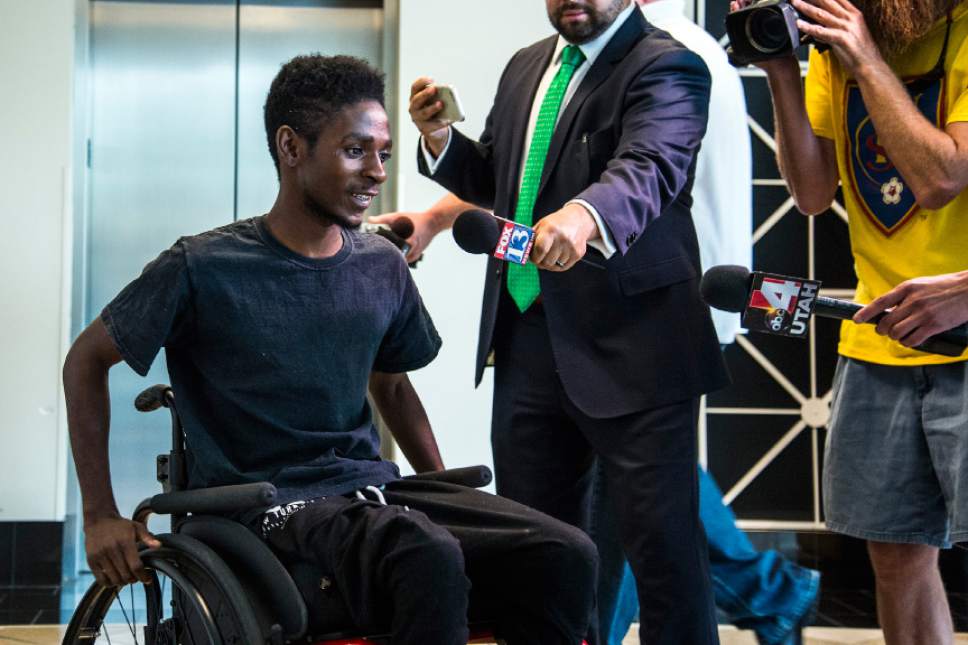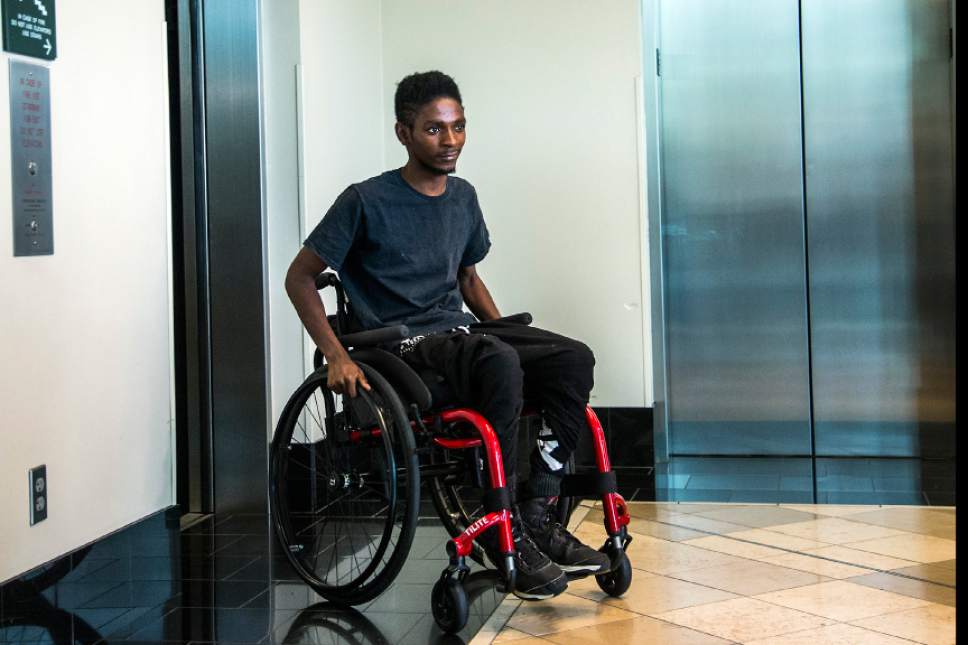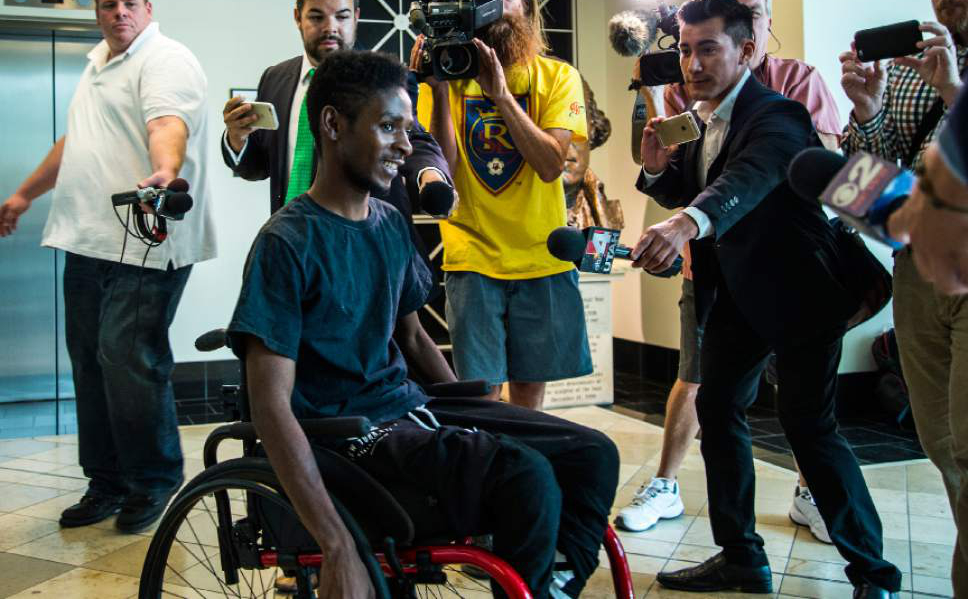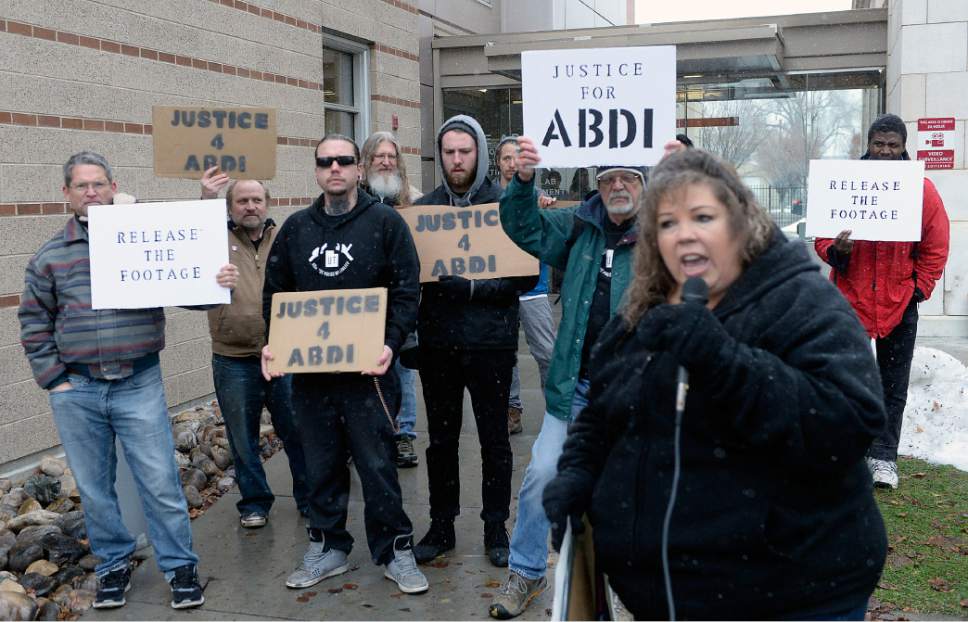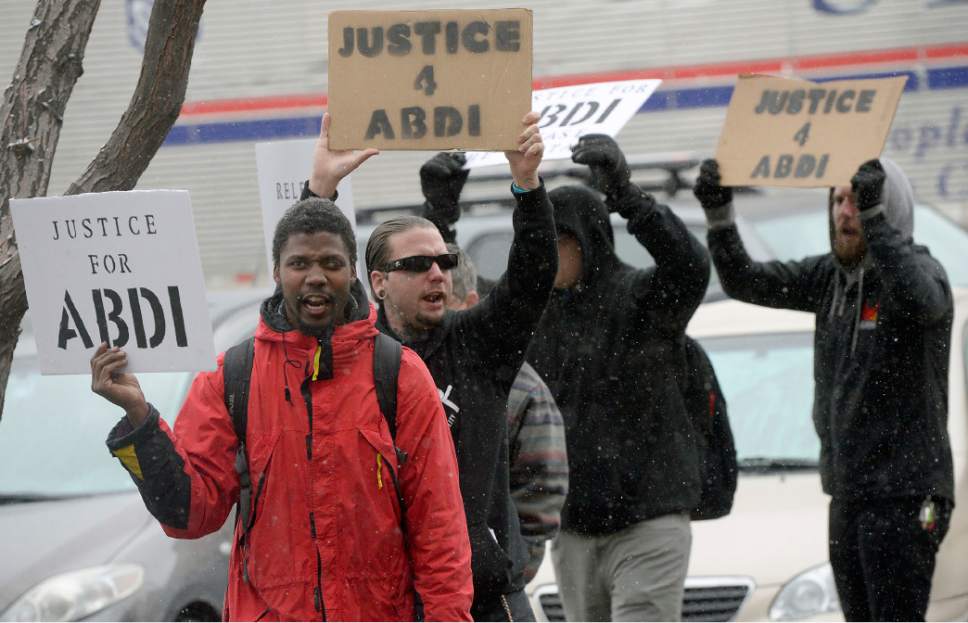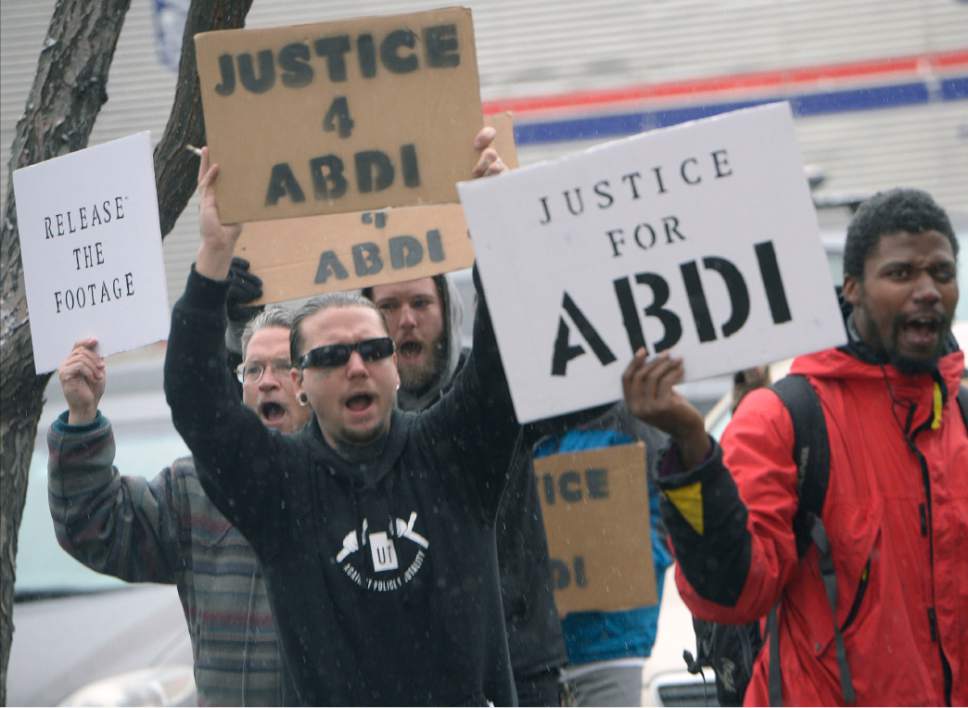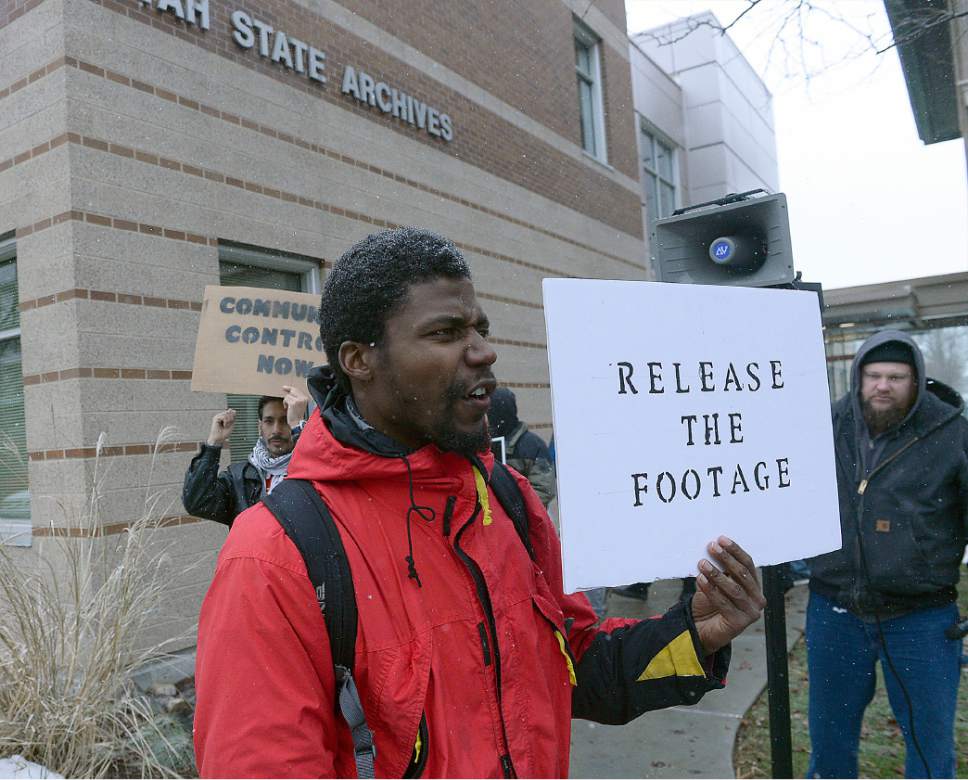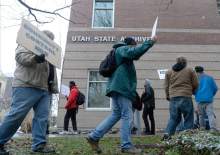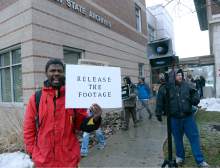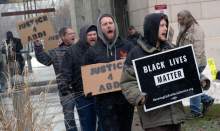This is an archived article that was published on sltrib.com in 2017, and information in the article may be outdated. It is provided only for personal research purposes and may not be reprinted.
The State Records Committee on Thursday unanimously approved the release of body cam video of the February police shooting that critically injured Abdullahi "Abdi" Mohamed, then 17.
The records committee also voted to release surveillance footage from two cameras and at least 11 crime scene photos, which had been classified as "protected" by Salt Lake County.
The American Civil Liberties Union of Utah had sought the footage and photos, arguing that their release was a way for the public to hold officers and the government accountable.
The records committee now has seven days to issue the official order releasing the documents, after which the Salt Lake County District Attorney's Office will have 30 days to appeal the decision.
The county plans to appeal the committee's decision, said Deputy Salt Lake County District Attorney Darcy Goddard.
"That's not because we're trying to not be transparent, and it's not because we're trying to thwart public release of the video," Goddard said. "But we do think that we need a judicial determination from a district court judge in a court order in order to satisfy ourselves that we're not violating GRAMA and, probably more importantly, that we're not violating the constitutional rights of the juvenile."
Salt Lake City Officers Kory Checketts and Jordan Winegar shot Mohamed, a Somali refugee, four times near a downtown homeless shelter on Feb. 27.
Court records say Mohamed was assaulting a man with a broomstick when the two officers came upon the fight and fired their weapons. The teen survived after going into a medically induced coma and spending weeks in the hospital.
Salt Lake County District Attorney Sim Gill cleared the officers in the shooting and charged Mohamed in juvenile court with felony charges of aggravated robbery and drug possession with the intent to distribute.
At Thursday's hearing, attorneys for the ACLU asked the committee to order that the footage be released because there was no legal justification to keep the video private.
"People distrust what they aren't allowed to see," said David Reymann, a media attorney who has assisted the ACLU with the case.
Outside the building where the hearing was held, at least 10 people were protesting, carrying signs and shouting for the release of the records.
Goddard argued that the videos show "events that directly contradict public statements that have been made by the juvenile about his own conduct that night," and the release of that "reasonably could be expected to interfere with the proceedings in the criminal case."
But Reymann countered that releasing the footage is a way for the public to hold officers and the government accountable.
"We don't have an agenda as to what the video will show," Reymann said. "If it shows police officers acting well, that is something the public is entitled to know. If it shows police officers acting badly, that is something the public is entitled to know. But what is not proper is for Mr. Gill or another public official to say, 'I have determined this, ... and you don't need to check that for yourself.' "
While Gill found the officers were justified in using deadly force, the Salt Lake City Police Civilian Review Board found the officers' actions were "not within" policy.
Records committee member Chad Lambourne took issue with the fact that the city and county issued joint statements in response to the ACLU's Government Records Access and Management Act requests to the two entities.
"It looks like a cover-up when two different entities get together and issue a joint denial of a GRAMA request," Lambourne said, but Goddard said that wasn't the case.
"It would be a lot easier for Salt Lake City and Salt Lake County to just release this video," she told the committee, "but we really feel under the Constitution and for the considerations built into GRAMA, we are not in a position where we can do it."
She also noted that while the city's civilian board report described the footage in great detail, video and audio recordings have a different "visceral impact" than text.
Risks of releasing the video include tainting witness testimony and creating bias for potential jurors, Goddard said. But Reymann argued that in juvenile court, there are no jury trials, and even if the case were moved to adult court, there is a process in place to ensure jurors are not biased.
Ultimately, the county's argument did not persuade the committee that the videos and photos should continue to be protected. After viewing the footage, Patricia Smith-Mansfield, committee chairwoman, said the only video she thought may "intersect" with the classification of endangering a fair trial was one of the surveillance videos, but she and all committee members voted to release it, along with all other videos, as public records.
Gill had previously refused to release the body cam footage, saying in August that it is part of the criminal prosecution against Mohamed. In October, a county GRAMA Appeals Board denied the release of the footage to the ACLU, in a "very close call," but Thursday's decision overturned that ruling.
Mohamed's criminal case is set for a preliminary hearing Jan. 23 in 3rd District Juvenile Court. If the case stays in juvenile court, Mohamed could be incarcerated until he is 21 years old. If the case is moved to adult court, a conviction on the robbery count could lead to a prison sentence for up to life.
Twitter: @mnoblenews


